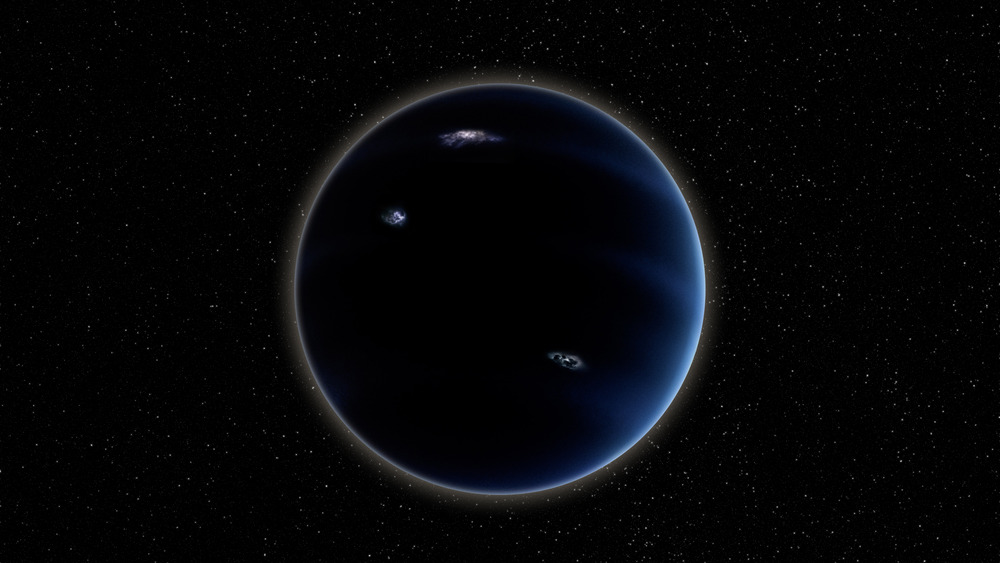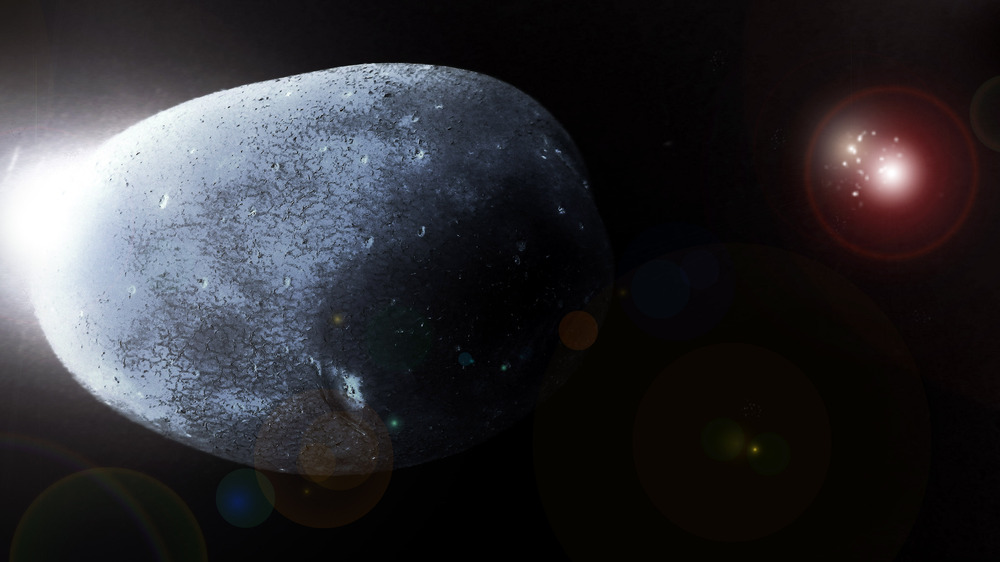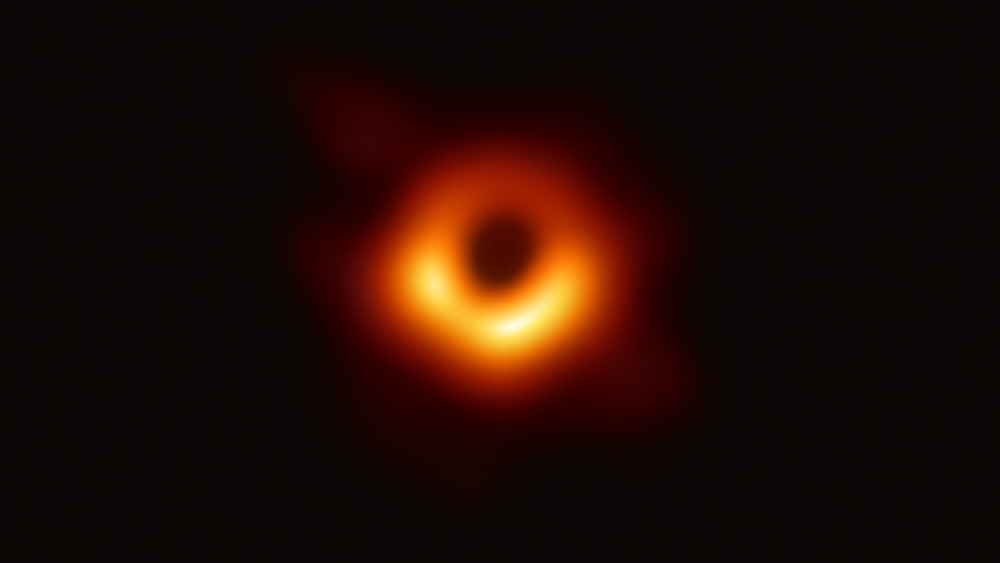The Truth About Planet Nine
On the edge of the solar system, just at the border of observable space — or, at least, as it is observably to us with today's technology — are a great multitude of assorted objects, gathered, it seems, in a random and chaotic mess. Whereas we tend to think of galaxies as beautiful swirls, whose shapes are governed by "the music of the spheres," gravity, and other physical laws, these objects seem to defy the otherwise understandable, balanced, and beautiful equilibrium of the solar system. The area of this gathering of objects is called the Kuiper Belt, or the trans-Neptunian region. Astronomers have discovered over 2,000 Kuiper Belt celestial bodies of various sizes, shapes and colors, which are believed to be only a small fraction of the total out there, according to NASA. Additionally, these objects are spread out unevenly across space.
Astronomers have looked to the Kuiper Belt for evidence of how the solar system was formed. They have built convincing theories of the changing orbits and gravitational influences of both Neptune and Jupiter based on the distribution of these comparatively tiny and strangely dispersed objects.
But as technology advances to improve the ability to identify objects far beyond Pluto, which do indeed orbit Earth's own sun, experts are beginning to come to terms with the fact that the solar system was not as small as we once thought. According to Astronomy, two such objects were found — a dwarf planet discovered in 2018, dubbed Farout, and a second, further dwarf planet named Farfarout observed a year later. Yet, more planets, some perhaps even larger than those eight everyone knows about, may explain why the solar system is the way it is.
The possible existence of Planet Nine
The theory of the existence of a vast object on the edge of the solar system known colloquially as Planet Nine — or, somewhat more dramatically, Planet X, a name derived from the current unknowable exact number of planets — is, despite sounding like something from science fiction, increasingly treated as science fact.
NASA certainly takes the possibility of the existence of Planet Nine very seriously. If it exists, NASA hypothesizes that the planet with a huge planetary mass would reside in our celestial neighborhood at a distance 20 times farther than Neptune, way beyond Pluto, at such a distance that the planet would likely take more than 10,000 Earth years to complete a single orbit of the sun.
Unlike Farout and Farfarout, though, Planet Nine has not been directly observed, but rather exists as a hypothesis derived from "detailed mathematical modeling," says NASA, which could explain the unusual orbits of smaller objects directly observed in the Kuiper Belt. The theory of Planet Nine is appealing for a number of reasons — who doesn't like the idea of an enormous, as-yet-unidentified object that has been with us all along? As The New Yorker explained, "every few years" it seems that scientists hit the headlines with new hopes of finding it and rewriting the history of the cosmos once again, but such an object is still yet to be properly identified.
A new theory of Planet Nine
However, in 2019 Planet Nine hit the headlines of science journals once again, when a dazzling new theory came to light that may come to change the nature of the search for generations of future astronomers.
Per Astronomy, which describes the Planet Nine hypothesis as "wild yet increasingly convincing," September 2019 saw the publication of a new paper that argued an alternative to the Planet Nine/Planet X hypothesis: the existence of a nearby "primordial black hole," which its writers argue could be another way of explaining the unusual orbits of the objects in the Kuiper Belt.
The study, the work of researchers Jakub Scholtz and James Unwin and first published on the arXiv website of Cornell University, claims that the chances of a black hole being behind the unexpected orbits are comparable to those of an enormous, unidentified planet. The paper claims that the existence of such an object exerting a gravitational influence on the solar system should be considered a very real possibility.
If it is the sheer size of the hypothetical Planet Nine that inspires so much interest in its possible existence, perhaps the opposite might be true of Scholtz and Unwin's recent theory, as, according to Astronomy, such a phenomenon, were it to exist, would have the mass and gravitational pull of five Earths — while remaining the size of a baseball.


